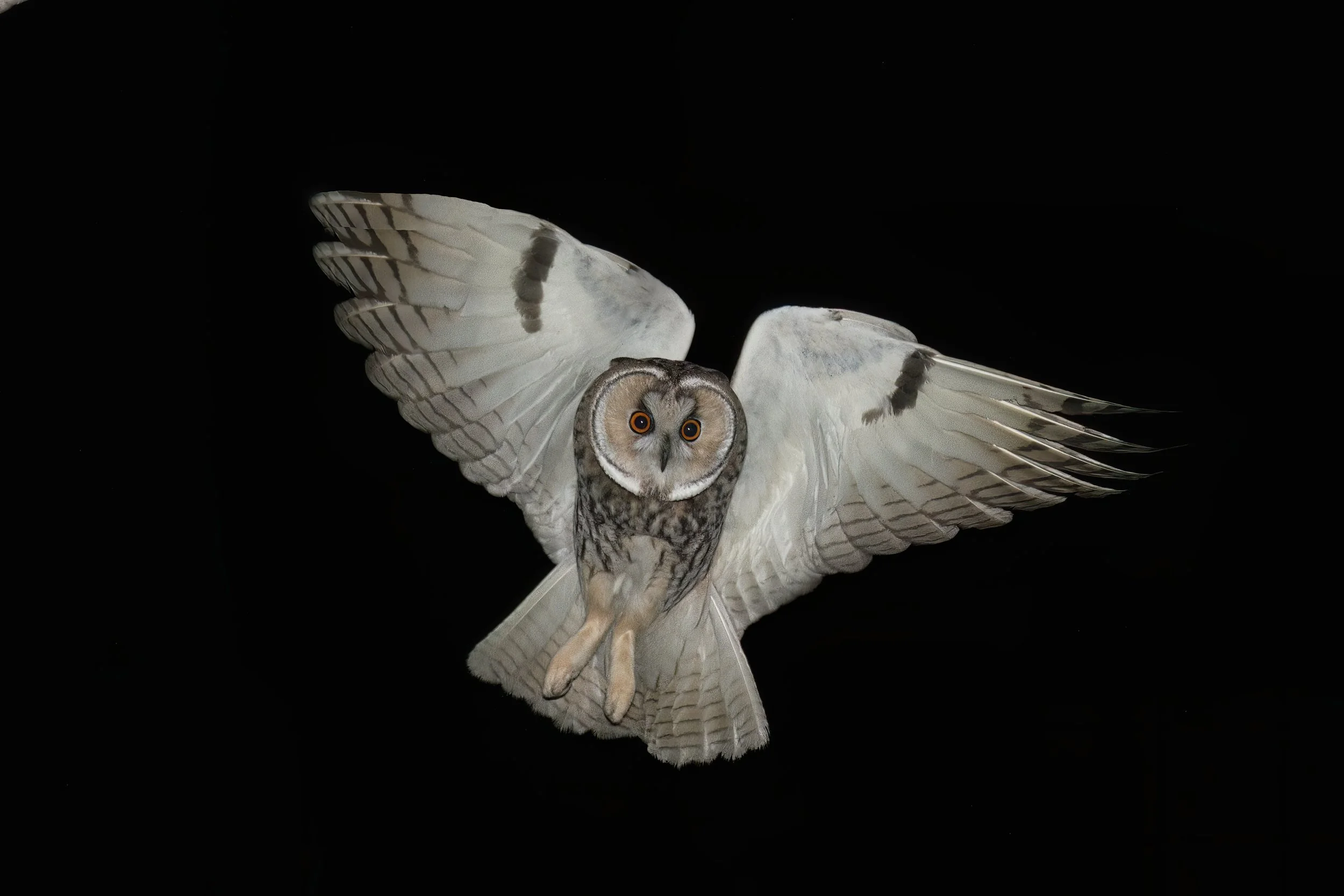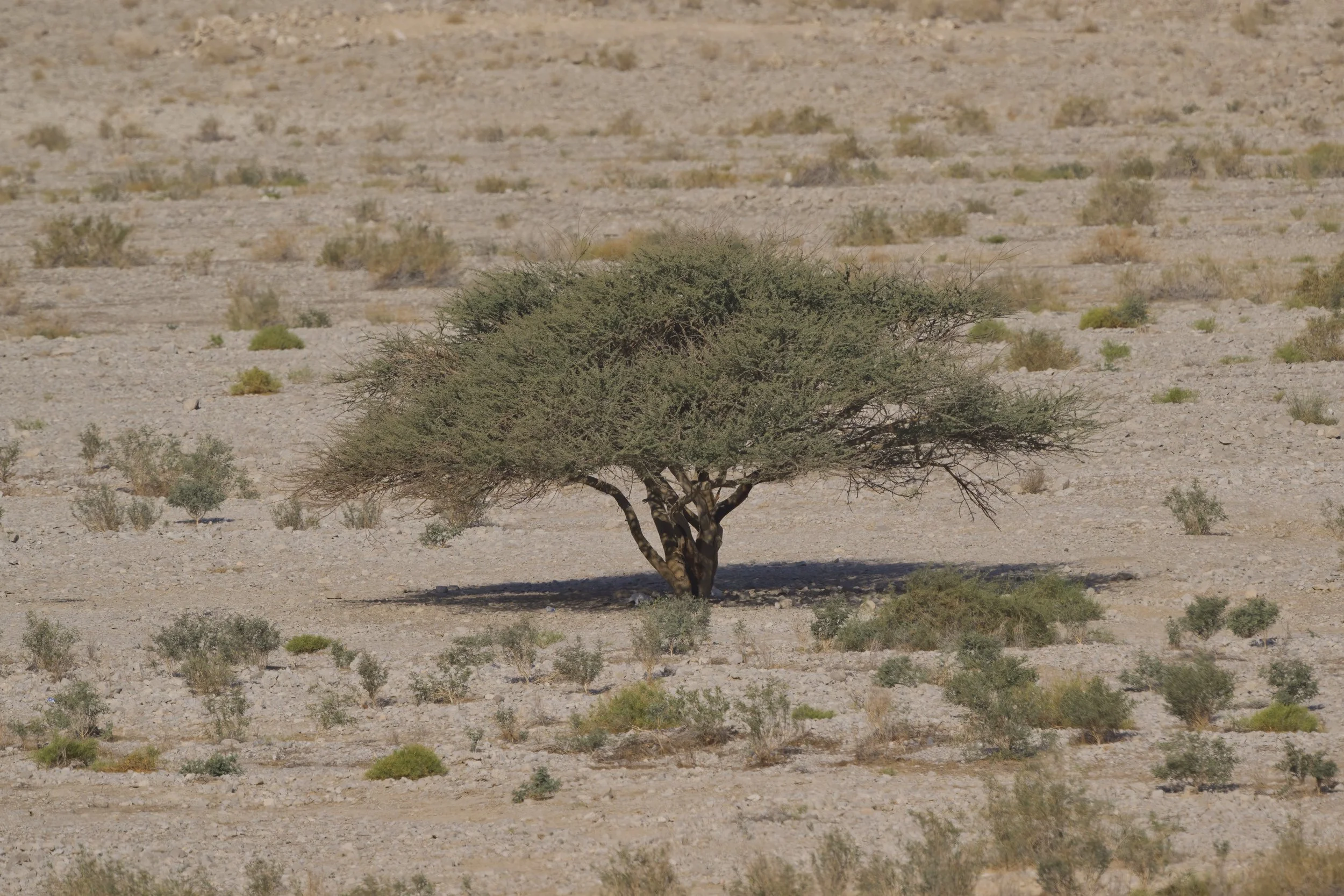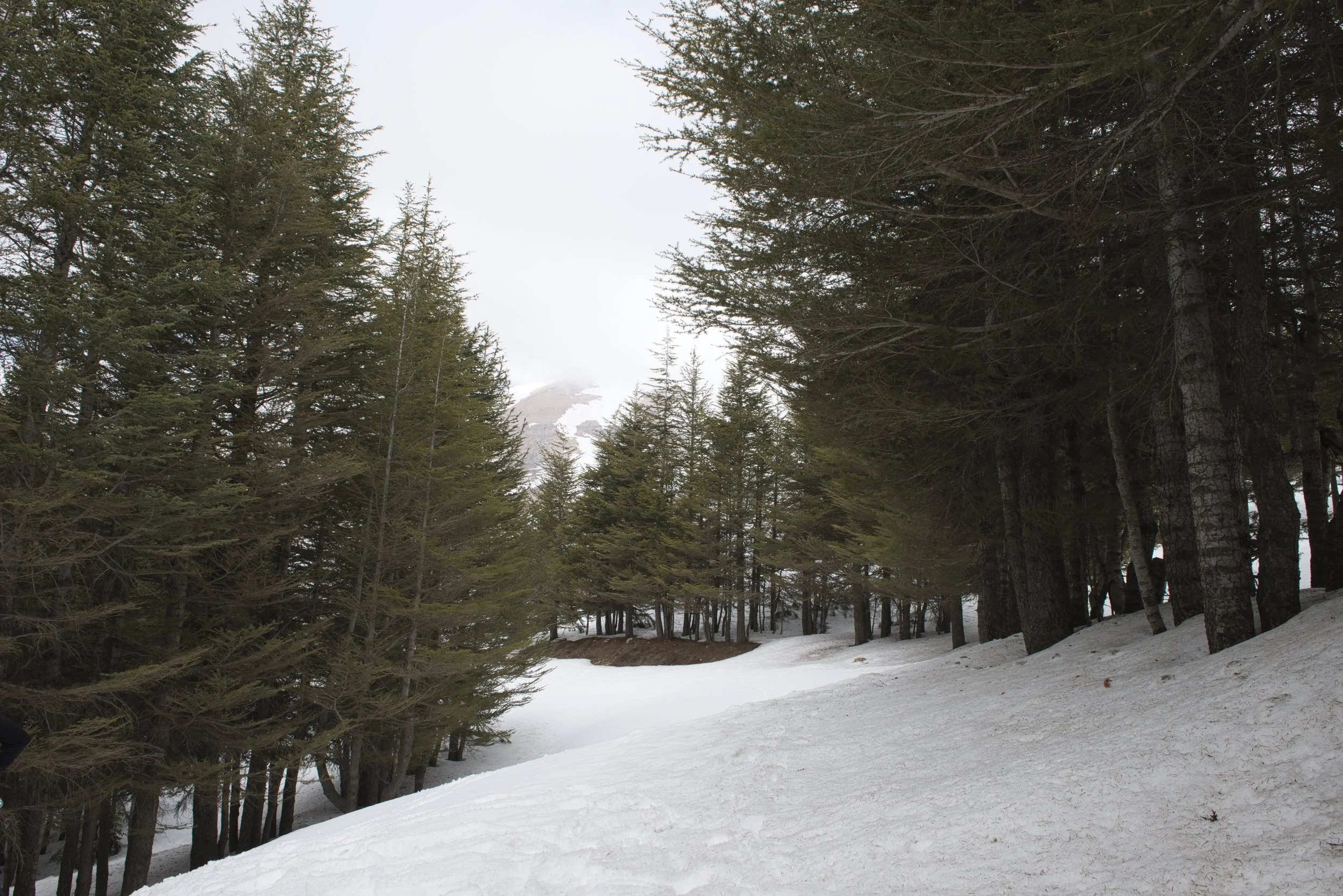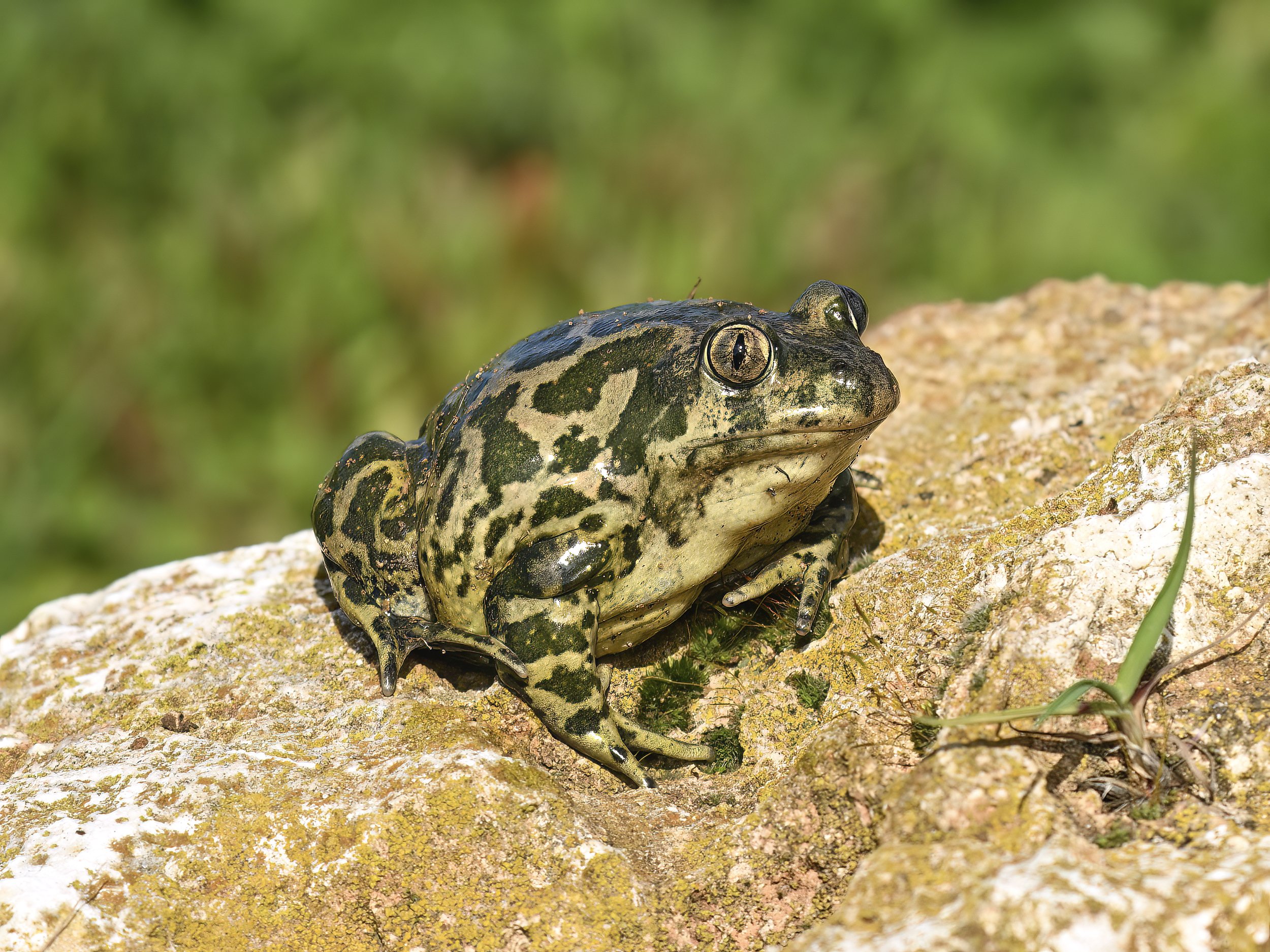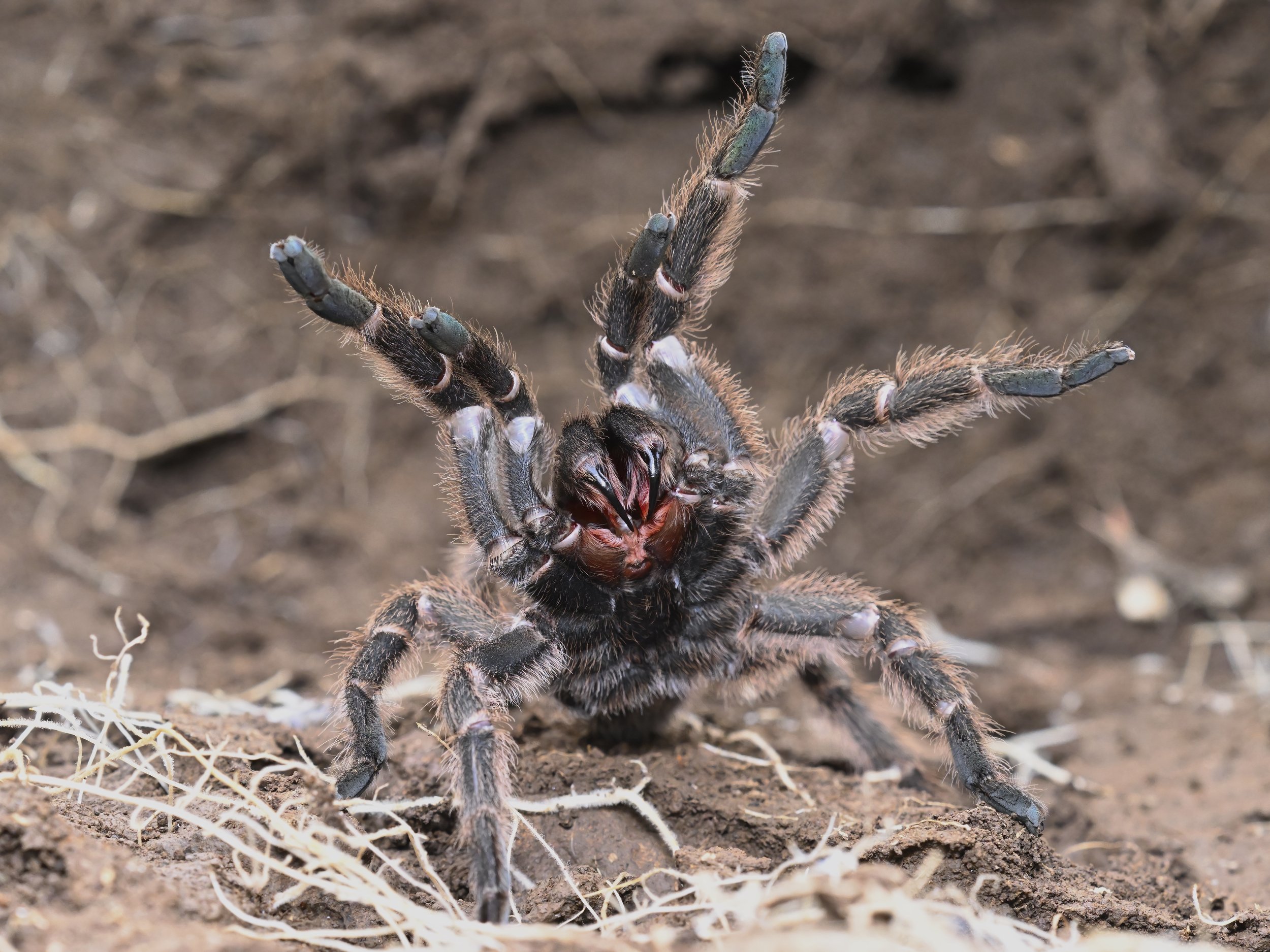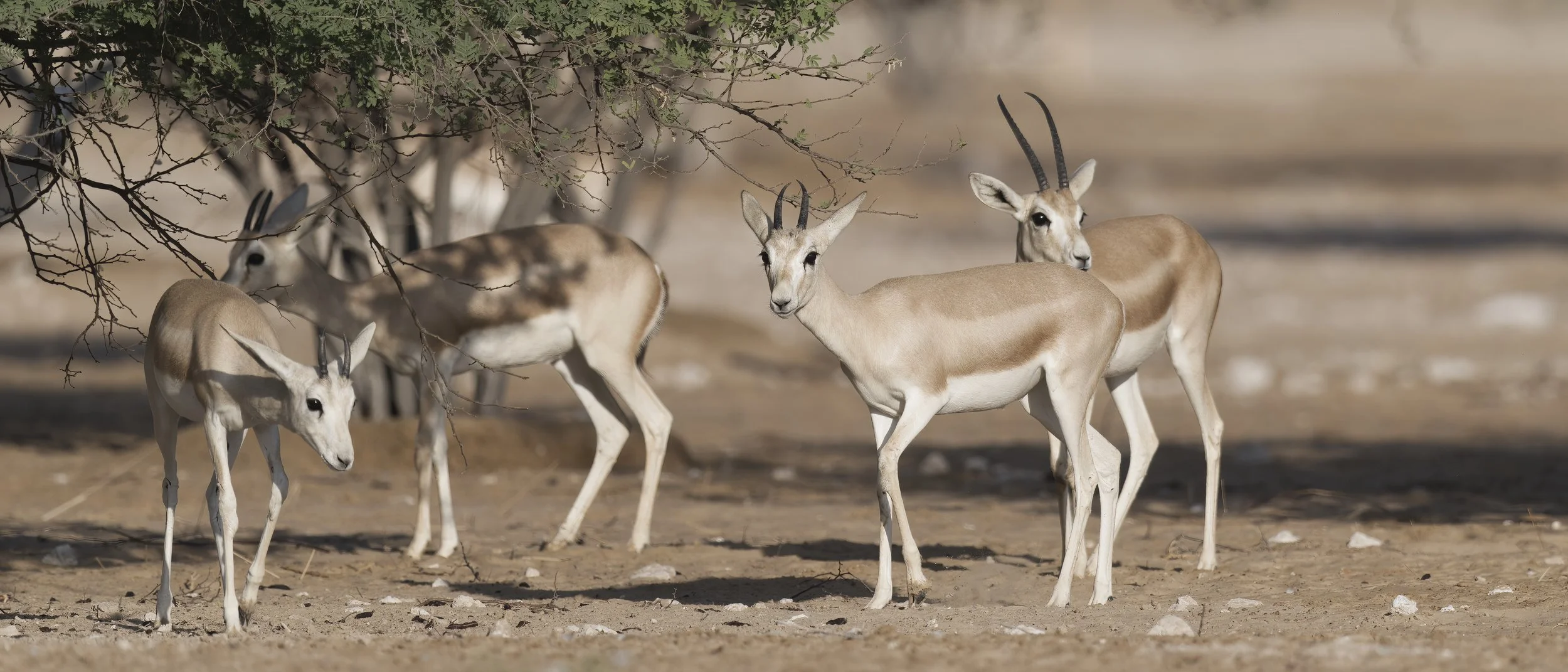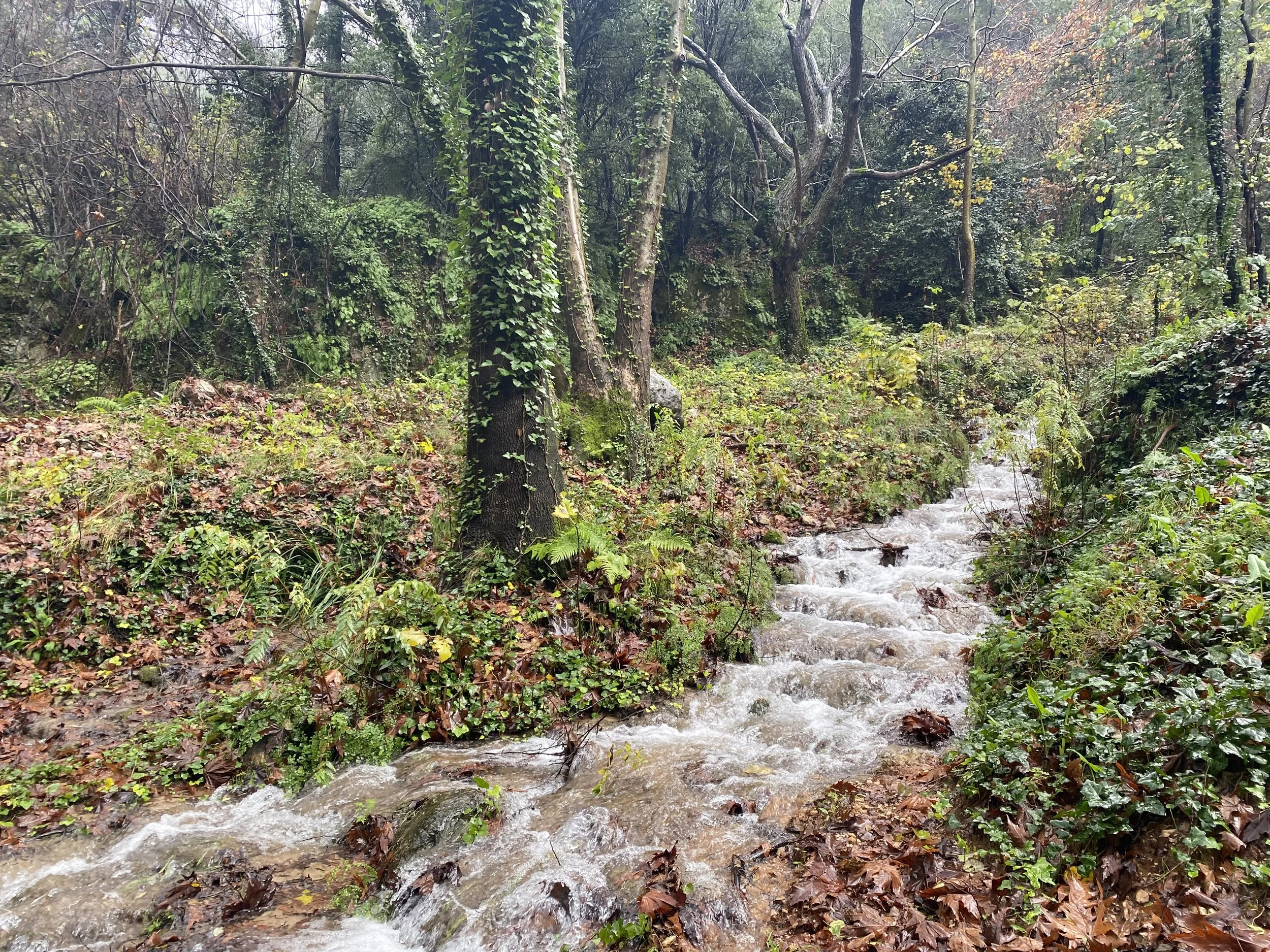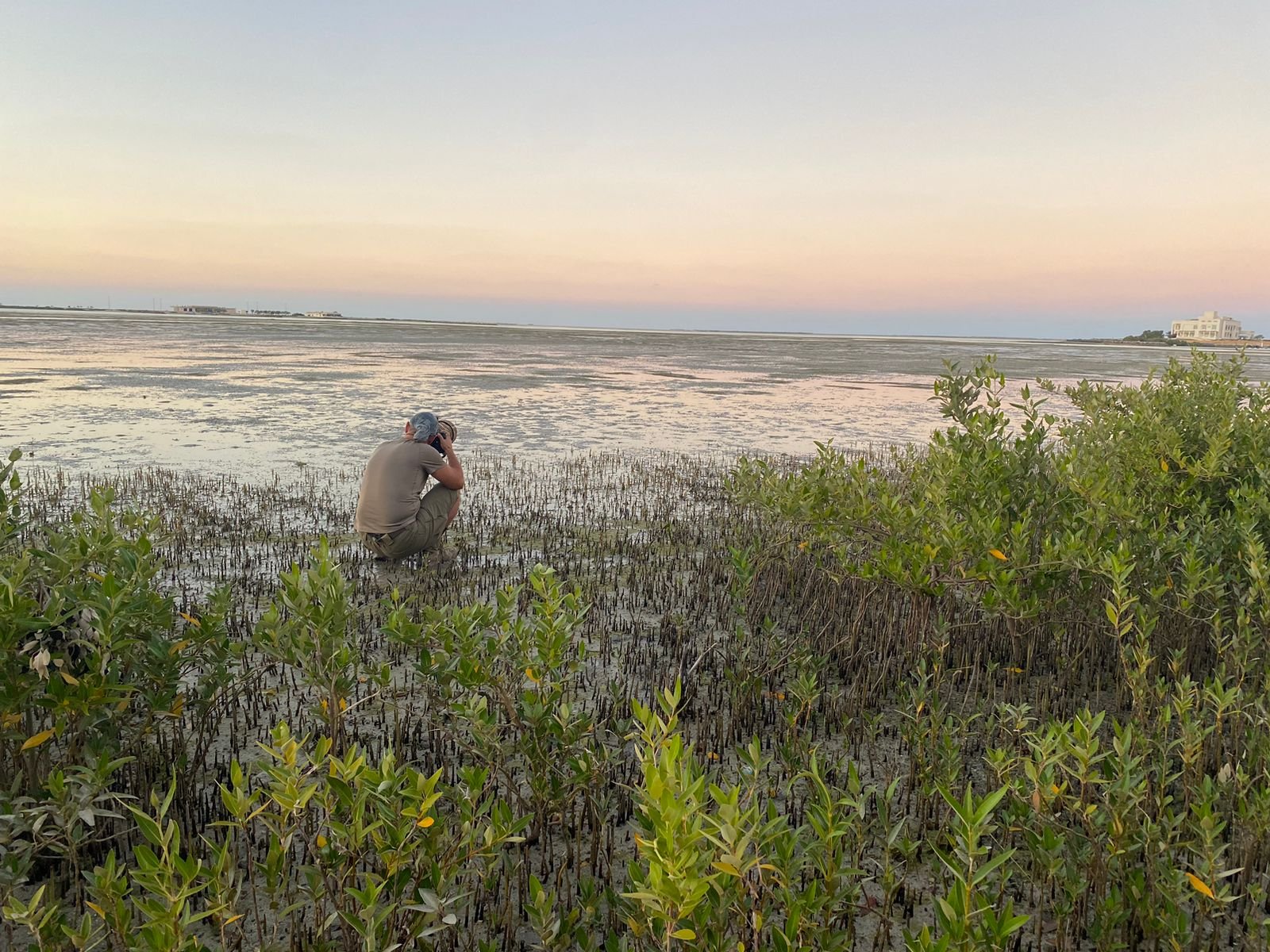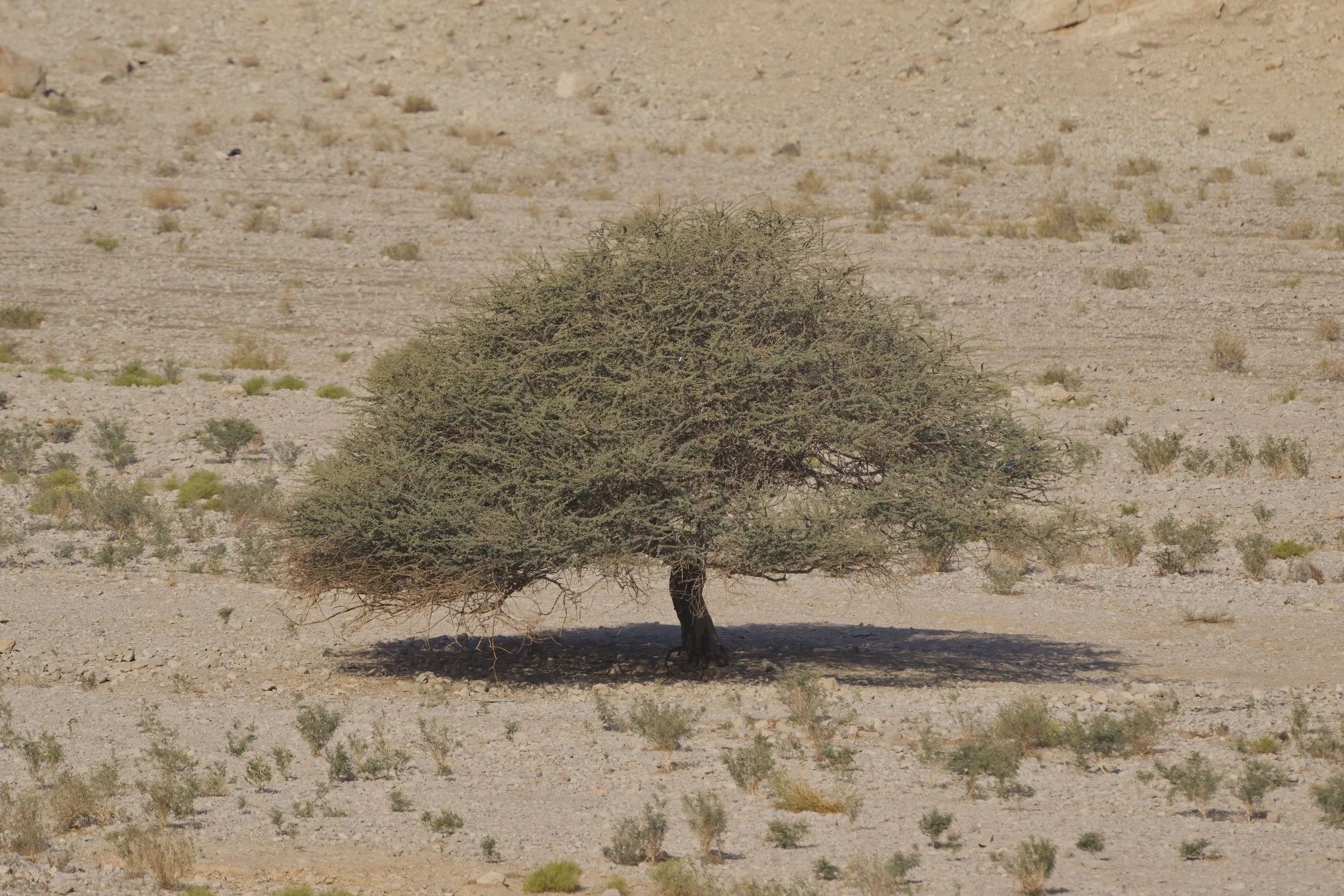What to Wear, The Layering System
The layering system is a versatile approach to dressing for various outdoor activities and weather conditions. It involves wearing multiple layers of clothing that can be adjusted based on your body's temperature and the external environment. The three primary layers are:
Base Layer:
Function: The base layer is in direct contact with your skin and manages moisture by wicking sweat away. It helps keep you dry and comfortable.
Material: Choose moisture-wicking fabrics such as merino wool or synthetic materials like polyester or nylon.
Insulating Layer:
Function: The insulating layer traps and retains heat to keep you warm. Its thickness and warmth depend on the activity and weather conditions.
Materials: Common materials include fleece, down, or synthetic insulations like PrimaLoft.
Outer Layer (Shell):
Function: The outer layer provides protection from wind, rain, and snow. It acts as a barrier against the elements while allowing moisture to escape.
Types: Choose a waterproof and breathable shell for wet conditions. Options include hardshells (more durable and weather-resistant) and softshells (more breathable and flexible).
Additional Tips:
Adjustability: Opt for clothing with adjustable features like zippered vents, cuffs, and hoods for temperature regulation.
Compatibility: Ensure the layers work well together, allowing for unrestricted movement.
Weather Consideration: Adapt the layers based on the weather—add or remove layers as needed.
Multiple Thin Layers: Several thin layers are often more effective than a single thick layer, as they allow for better temperature control.
Same logic applies to: Head cover, gloves and socks.
Whatever happens don’t wear cotton, and here is why:
Absorption and Retention of Moisture:
Cotton has a tendency to absorb and retain moisture, such as sweat. When wet, it loses its insulating properties and takes a long time to dry, making it less effective in keeping you warm.
Lack of Moisture-Wicking Properties:
Unlike synthetic materials or merino wool commonly used in base layers, cotton does not have moisture-wicking properties. This means it does not efficiently draw sweat away from the body, potentially leading to discomfort and chilling.
Poor Insulation When Wet:
Cotton loses its insulating properties when wet, making it a poor choice in damp or rainy conditions. This can be a significant drawback in outdoor activities where staying dry is crucial for maintaining warmth.
Heaviness and Bulk:
Cotton can become heavy when wet, adding extra weight to your clothing. This can be inconvenient and uncomfortable, especially during activities where mobility is essential.







